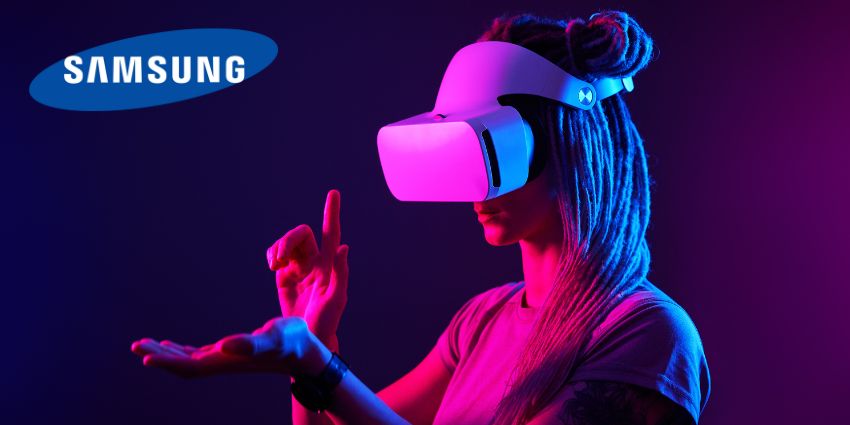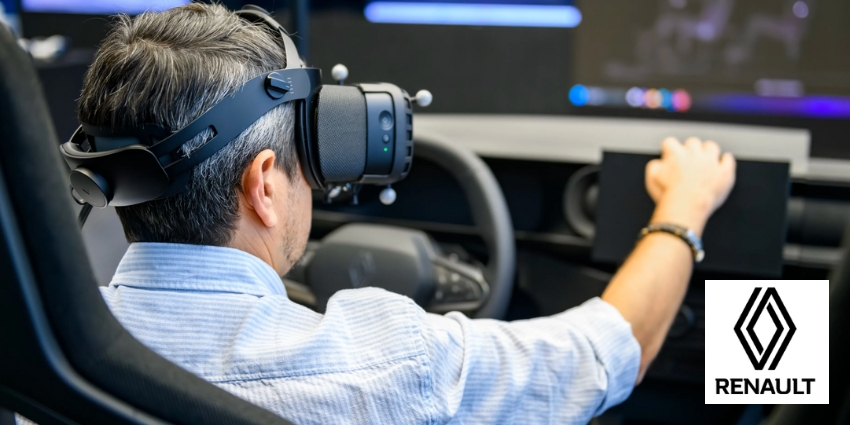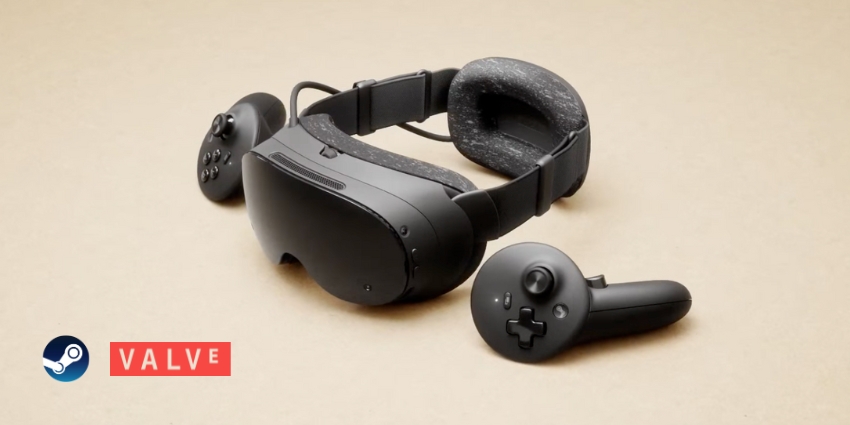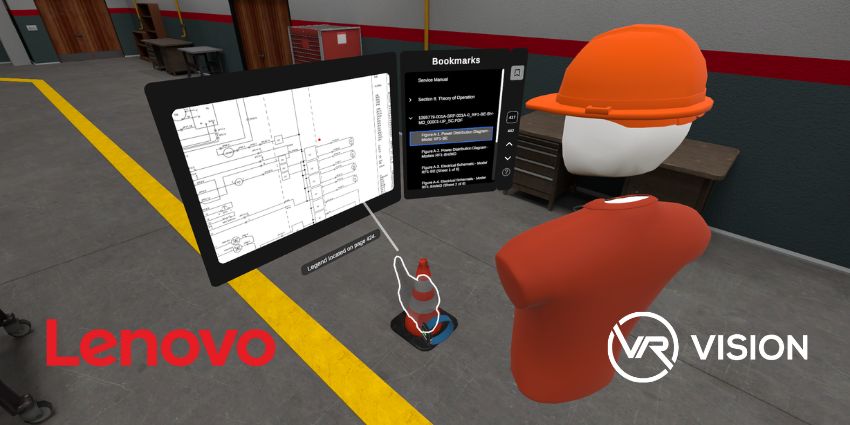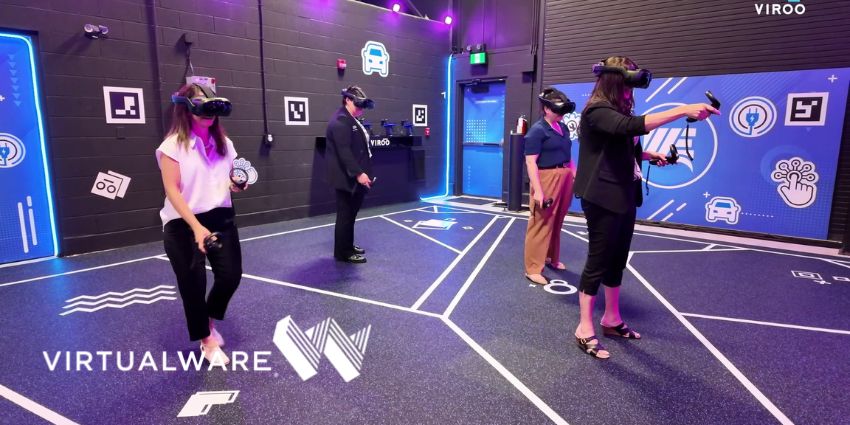The launch of Samsung’s first headset, codenamed Project Moohan, marks one of the most exciting shifts yet. If you’re an innovation leader or enterprise buyer weighing the future of workplace collaboration and immersive training, this is one launch you’ll want to circle in your calendar.
After months of speculation, with a December announcement followed by a lull, and then a wave of relief as its release was confirmed; reports now suggest that Samsung will host another Unpacked event on September 29 to unveil Project Moohan, with sales following on October 13 in South Korea. The device has been in the works since December, co-developed with Google and Qualcomm, and promises to be the Android XR headset we’ve been waiting for.
A Cheaper Alternative to Apple Vision Pro?
Unfortunately, no price has been confirmed. According to Newsworks (via GSMArena), Samsung’s XR headset may debut with a price tag between $1,790–$2,765. That’s significantly lower than Apple’s $3,499 Vision Pro, while still aiming at a premium tier far above Meta’s Quest 3 at $499.99.
This pricing positions Moohan as a middle ground: powerful enough to rival Apple’s “spatial computer” but more accessible to enterprise buyers who need scalable solutions for training, simulations, and collaboration.
Choose Your Reality
Moohan isn’t just dipping its toes in VR – it’s jumping headfirst into the entire XR spectrum: augmented, virtual, and mixed reality. From early prototypes, it looks to offer a lighter, more streamlined take on the Apple Vision Pro, powered by Qualcomm’s Snapdragon XR2+ Gen 2 processor, 16GB of RAM, and built-in Gemini AI capabilities.
Despite this excitement, some would have preferred a later release date to give developers more time to create software and apps helping it rival other MR headsets – or even a phone.
Regardless, the experience suggests holographic collaboration, immersive design reviews, and digital twins brought to life across enterprise verticals. For consumers, it could also mean gaming, hybrid meetings, and entertainment that blurs the lines between digital and physical spaces.
Samsung’s B2B Advantage
Like with the majority of MR releases, what makes Project Moohan particularly compelling is Samsung’s enterprise ecosystem. The company is already deploying XR in South Korea for digital twins (Korea Electric Power Corporation), virtual simulations (Korea Water Resources Corporation), and AR training (Samsung Medical Center).
This foundation – combined with Samsung’s reach across industries from heavy engineering to healthcare – positions Moohan as a uniquely scalable B2B solution. For enterprises, that means a trusted partner already experienced in rolling out XR at scale.
The company’s existing investments in 5G and its broad range of business units — spanning from Samsung Heavy Industries to medical centers — position it to deliver unique advantages for enterprise deployments that competitors may find difficult to match.
The Future of XR?
With the recent surge of the XR market being used for safety training and medical elements it’s no doubt that Moohan will find a useful position within B2B applications, regardless of its consumer reach – which is also likely to prove more fruitful than MR of the past.
The launch of Project Moohan won’t just be another headset release – it could be the tipping point where XR shifts from niche to necessity in the workplace. If Samsung succeeds, we may soon look back on September 29, 2025, as the day spatial computing truly went mainstream.
The question is: will your business be ready to embrace it?
The future of XR is unfolding faster than ever. Be part of the discussion with 2,000+ XR leaders and professionals in our LinkedIn community and subscribe to our newsletter for the weekly rundown of the most crucial XR industry news.
